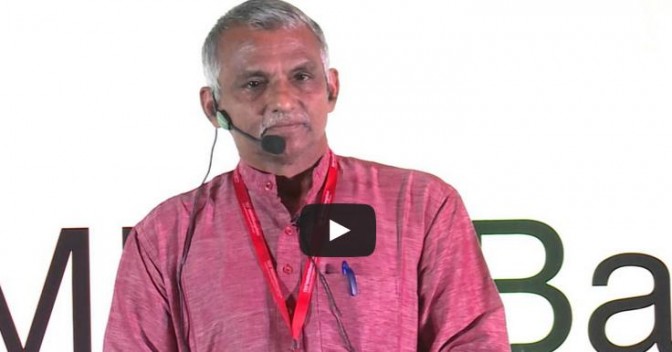There are few international relations that are more important than Sino-Indian relations in the present global scenario, especially as the relations are between the two fastest growing economies of the world. However, despite being neighbours the trade between these two south asian countries have been much lower and have just touched 60 billion USD in recent years. One major cause behind this low trade volume has been the mutual distrust due to 1962 war, the Dalai Lama’s presence in India and the border dispute along the 4000 km long border.
India and China recently agreed to consider their local currencies in their trade which is a very positive sign considering the volatility of the US dollar and trading in local currency will help both the economies. This is even more significant as nearly 25% of all Indian industrial imports are from China, so if there is any change in dollar exchange rate, the impact will be directly felt on rising costs of industrial production, as is presently the case.
However, it is significant to note that this bilateral trade is heavily skewed in favor of China. The Sino-Indian trade has almost doubled from 26 billion USD in 2006-07 to 60 billion USD in 62 billion USD in 2010-11 and is expected to reach 100 billion USD by 2015. In fact as part of the target trade by 2015, Anil Ambani of ADAG has recently been appointed to lead the Indian delegation at the India-China CEO’s forum. The cause of concern though is that with increase in trade, the deficit is only going to grow wider. The trade deficit between India and China in 2009-10 was 19 billion USD, in 2010-11 was 23.87 billion USD and in the first four months of this financial year has been 13 billion USD. Experts believe the trade deficit to easily cross 40 billion USD this year.
China has become successful in changing the way Indian consumers buy due to its price advantage and goods marked “made in China” are omnipresent in India. In fact, during the festive season of diwali, fireworks manufacturers in Sivakasi found it was cheaper to source from China and sell it than manufacture in India. Some of the manufacturers even say that because of cheap imports of fire crackers, they are still able to run their business. The major imports from China are electrical machinery, mechanical machinery and equipments, organic chemicals, project goods and iron and steel. A major reason for rise in imports of electrical goods has been the emphasis of the Indian government on the need for power generation. Most private players operating in India in power sector, import almost their entire machinery from China. Import of telecommunication and mobile devices has seen a growth of 60% and import of project goods have also grown by over 50% on Year-to-year basis.
So how should India deal with this growing deficit? Should it have non-trade barriers in place while dealing with China? Definitely not, as both these countries as major part of the BRIC story. The real reason for growth in China’s exports to India to be so high is that it is highly diversified- individually the valuations are quite small but when they add up they create a net impact. India should try to replicate that and create a market for its goods among the Chinese consumers. The change in demography and per capita income in China implies that in future China will no longer be a power house in labour intensive industries like apparels- and it is this gap that India needs to target. Moreover Indian companies should try to take advantage of a falling rupee and boost their exports at the same point of time try to engage with Chinese companies and set up joint ventures that will be beneficial for both countries. Mahindra & Mahindra, one of the first Indian companies to set up manufacturing in China, has been largely successful in markets like US because of its joint venture in tractor manufacturing.
Furthermore, India should go in with a more aggressive strategy while targeting the Chinese markets – especially in handicrafts and jewellery, where India has a definite edge due to low volumes and intricate designs. While there is little doubt that bilateral trade will probably exceed 100 billion USD before 2015, unless the trade is balanced India will be losing in the long run. What remains to be seen though, is whether India can get its act right !
You might like reading:

Will the Volcker Rule work?
The Volcker rule, the centre piece of the benchmark “Dodd-Frank Act”, was passed in December this year and is widely expected to impact financial institutions all over the world and particularly the US. Named after Paul Volcker, the former Fed Chairman, the act reinstates many provisions of the erstwhile Glass-Steagall Act. The Background The Glass-Steagall Act of 1933 was […]

When patients are ignorant and have no faith | Dr. Prakash Amte | TEDxNMIMSBangalore 2015
Have you ever wondered on the way of life of a tribe? We may have moved to a modern and a civilized world, yet unaware of the ignorance of these. This talk takes us through the journey of introduction of medicines to one such tribe namely Madia tribe, the various challenges of superstitions and practices faced, from the man who […]






























